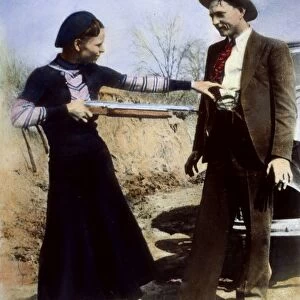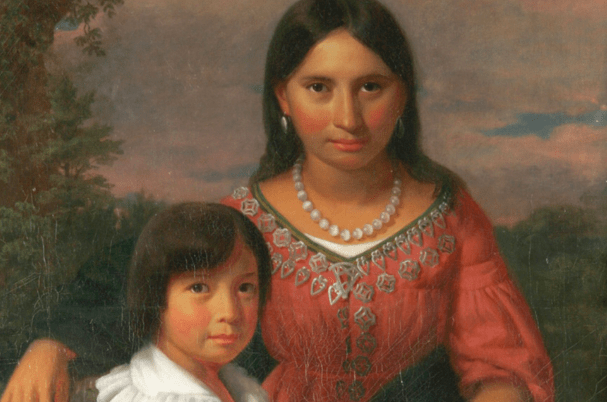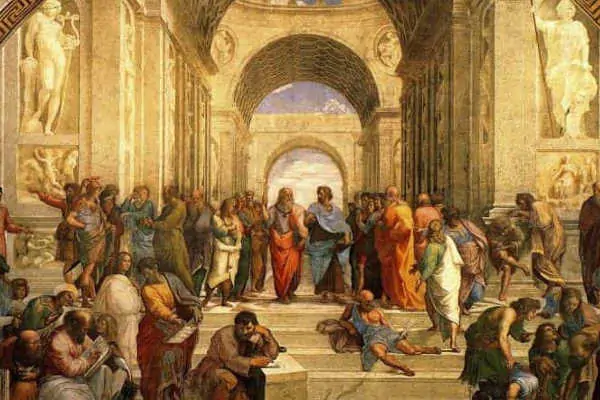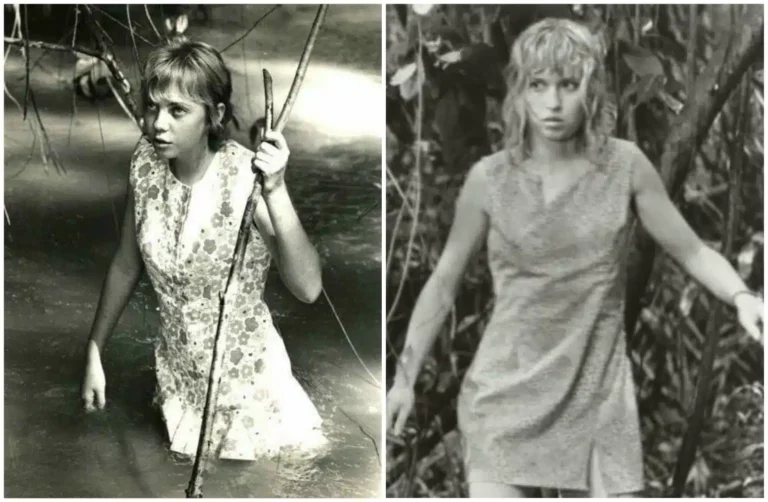The Fascinating History of Powdered Wigs: Unraveling Their Cultural Significance
Why Did People Wear Powdered Wigs?
Powdered wigs were not merely fashion statements; they were deeply entrenched in the social and cultural fabric of their time. From the late 17th century to the early 19th century, these extravagant hairpieces became symbols of status, power, and sophistication across Europe and beyond.
The Origins of Powdered Wigs
Early Adoption in Europe
The practice of wearing wigs can be traced back to ancient civilizations, including the Egyptians and Greeks. However, it was during the 17th century that powdered wigs gained popularity in Europe, particularly in France. The trend began with King Louis XIV, who famously wore elaborate wigs to cover his thinning hair and project an image of nobility.
Influential Figures Who Popularized Wigs
Beyond Louis XIV, many other prominent figures contributed to the rise of powdered wigs. English aristocrats, in particular, adopted the fashion as a means to emulate French style, thus solidifying wigs as a staple of high society. Notable figures like Sir Isaac Newton and William Shakespeare also sported wigs, further embedding them in cultural history.
The Cultural Significance of Powdered Wigs
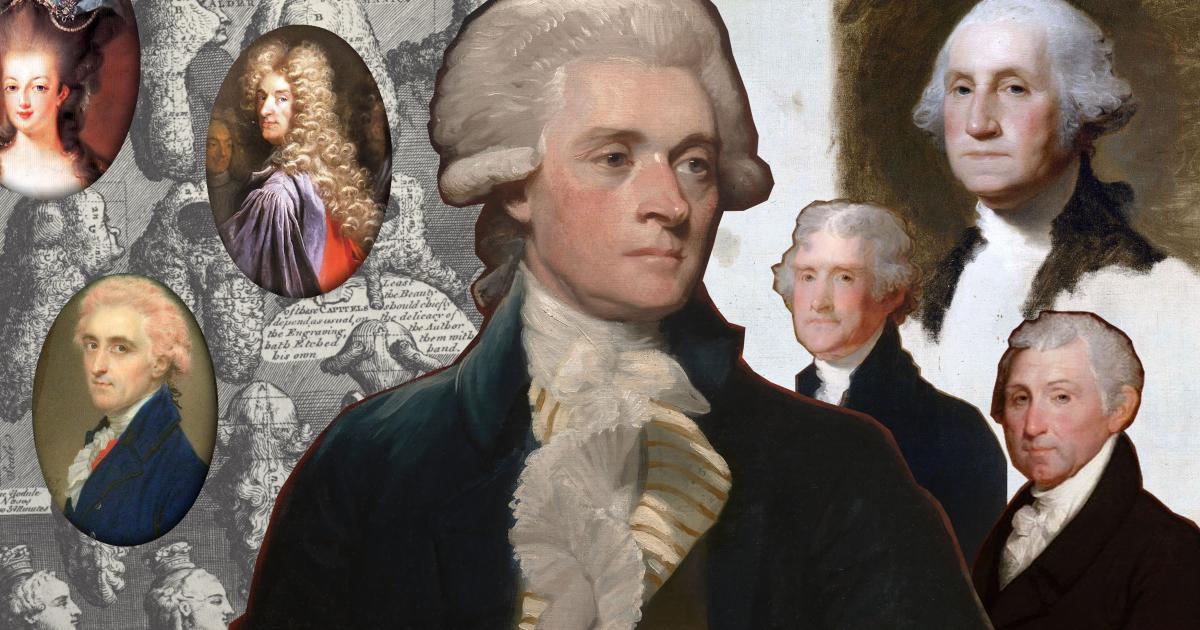
Status Symbols in Society
In the 18th century, powdered wigs became symbols of social status and authority. Wearing a wig was not just a fashion choice; it was a declaration of one’s rank in society. The larger and more ornate the wig, the higher the social status it conveyed. This trend led to a hierarchical system where individuals could often be judged by the size and style of their wigs.
Fashion Trends and Influences on Wearers
The influence of powdered wigs extended beyond mere aesthetics. They dictated the trends of the time, with different styles emerging for various occasions. Wigs were often adorned with ribbons, flowers, and other decorative elements, creating a canvas for personal expression.
Reasons People Wore Powdered Wigs
Health and Hygiene Considerations
One of the lesser-known reasons for the widespread adoption of powdered wigs was related to health and hygiene. During the 17th and 18th centuries, many people suffered from lice infestations, and wearing a wig allowed them to manage their hair without exposing their natural hair to the public. The use of powder not only concealed imperfections but also helped mask unpleasant odors.
Covering Hair Loss and Baldness
Hair loss was common during this era due to various factors, including poor nutrition and diseases. Powdered wigs offered a stylish solution for those facing baldness or thinning hair. The versatility of wigs allowed individuals to choose a style that suited their face shape and personal preference, thereby restoring confidence.
Creating a Distinctive Appearance
Powdered wigs also provided a way for individuals to stand out. With various styles available, including the towering fontange and the elaborate periwig, wearers could curate their look and differentiate themselves from others. This unique appearance became a form of self-expression, allowing individuals to embody their desired persona.
The Manufacturing and Maintenance of Powdered Wigs

Materials Used in Wig Production
Creating a powdered wig was an intricate process that required skill and precision. Early wigs were made from human hair, horse hair, or even plant fibers. The choice of material greatly influenced the wig’s appearance and durability. As wigs gained popularity, specialized wigmakers emerged, becoming highly sought after for their craftsmanship.
How to Care for and Maintain a Powdered Wig
Maintaining a powdered wig was essential for its longevity. Wearers were advised to regularly clean and re-powder their wigs to prevent buildup and maintain a fresh look. Wigs were typically cleaned with soap and water and then re-styled to keep them looking their best. The process was time-consuming but necessary for maintaining the desired aesthetic.
The Decline of Powdered Wigs
Changing Fashion Trends in the 18th and 19th Centuries
By the late 18th century, the popularity of powdered wigs began to wane. The French Revolution played a significant role in this decline, as the revolutionaries rejected the symbols of aristocracy, including extravagant wigs. Fashion shifted towards more natural hairstyles, marking the end of the powdered wig era.
The Shift in Social Norms and Cultural Attitudes
As society evolved, so did cultural attitudes towards wigs. The rise of Romanticism and the Industrial Revolution led to a greater emphasis on individualism and personal expression. Wigs became associated with the past, and a new wave of simplicity and authenticity emerged in fashion.
Modern Perspectives on Powdered Wigs
Wigs in Contemporary Fashion
While powdered wigs may no longer dominate fashion, they have found new life in contemporary culture. Theatrical productions, historical reenactments, and even fashion shows occasionally feature wigs reminiscent of their former glory. Designers often draw inspiration from the past, showcasing wigs that echo the grandeur of previous eras.
The Resurgence of Interest in Historical Fashion
In recent years, there has been a renewed interest in historical fashion, including wigs. The popularity of period dramas and the vintage aesthetic in modern clothing have reignited fascination with powdered wigs. They serve as a reminder of the rich tapestry of fashion history and the stories woven into each strand of hair.
Summarizing Key Figures in the History of Powdered Wigs
| Name | Contribution | Era |
|---|---|---|
| King Louis XIV | Popularized the wig trend in France | 17th Century |
| Sir Isaac Newton | Notable figure who wore wigs | 17th Century |
| William Shakespeare | Influenced cultural perceptions of wigs | 16th-17th Century |
“The wig was the crowning glory of an aristocrat, a statement of wealth and sophistication.”
Frequently Asked Questions (FAQs)
What were powdered wigs made of? Powdered wigs were typically made from human hair, horsehair, or synthetic fibers. The choice of material affected both the appearance and durability of the wig.
Why did powdered wigs become less popular? Powdered wigs fell out of favor due to changing fashion trends, particularly during the French Revolution, when the symbols of aristocracy were rejected in favor of more natural styles.
Are wigs still used today? Yes, wigs are still used today in various contexts, including theatrical performances, fashion shows, and for individuals experiencing hair loss.
Original Quotes from Notable Figures
- “Fashion is not something that exists in dresses only. Fashion is in the sky, in the street, fashion has to do with ideas, the way we live, what is happening.” – Coco Chanel
The history of powdered wigs is a fascinating tale of fashion, social status, and cultural shifts. From their rise in popularity among the aristocracy to their eventual decline, these hairpieces encapsulate a significant period in fashion history. Their legacy continues to inspire modern fashion, reminding us of the intricate relationship between style and society.
Meta Description: Discover the intriguing reasons behind the use of powdered wigs throughout history, exploring their origins, cultural significance, and modern relevance.
References:
- History Defined: Why Did People Wear Powdered Wigs Throughout History?
https://www.historydefined.net/why-did-people-wear-powdered-wigs-throughout-history/


